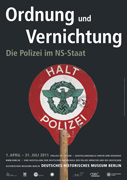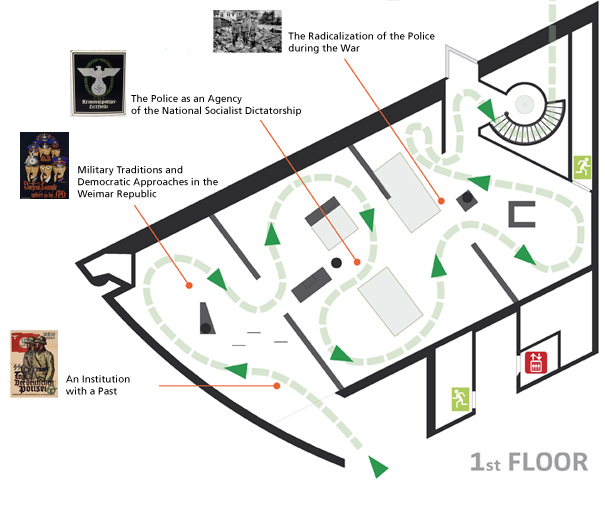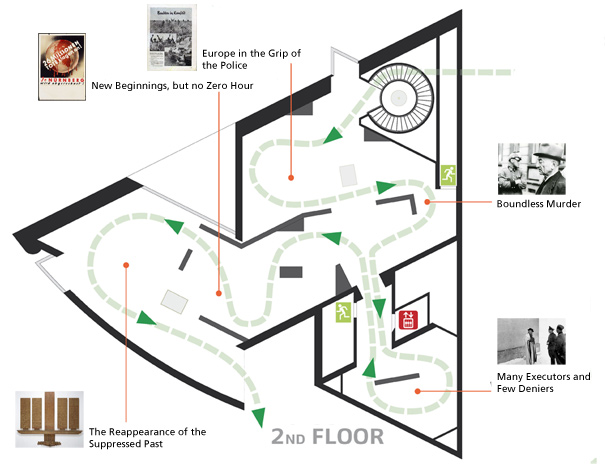

Order and Annihilation – The Police and the Nazi Regime
An exhibition of the German Police University
and the German Historical Museum
Project directors: Dr. Wolfgang Schulte, Dr. Detlef Graf v. Schwerin
Curators: Florian Dierl, PD Dr. Mariana Hausleitner, Martin Hölzl, Andreas Mix
The police were a central instrument of rule for the Nazi regime. The regime could count on the police from its beginnings on up to its downfall. Not only the Gestapo, but also all other branches of the German police took part in the terror against the political and ideological opponents of the Nazi state, at first within the German Reich and then from the outbreak of the war in 1939 in all of the territories overrun by the Wehrmacht. Eastern Europe in particular was the scene of massive crimes committed by the German police against the civilian populations. The police played a decisive role in the murder of European Jews, but also in the persecution of resistance groups fighting against the Nazi occupation regimes and in the abduction of civilians to be used as forced labour in German wartime industry. These crimes were carried out by policemen who for the most part had been socialized and trained in the Weimar Republic, a democratic and constitutional state. Only a few of them had to answer for their crimes in a court of law after 1945. Many were able to continue their careers in the police service in the Federal Republic of Germany.
Who were these men, and a few women, in the German police who pursued the political and ideological opponents of National Socialism and in the end were often involved in their murder? What mental prerequisites and structural conditions marked the behaviour of members of the police that allowed them to accept the Nazi regime, participate in it, and finally in many cases even become murderers in its name? Who refused to carry out the criminal orders? What motives were crucial to them?
The project “Police under the Nazis” attempts to find answers to these fundamental questions. The project is supported by the German Police University in Münster in cooperation with the German Historical Museum in Berlin


